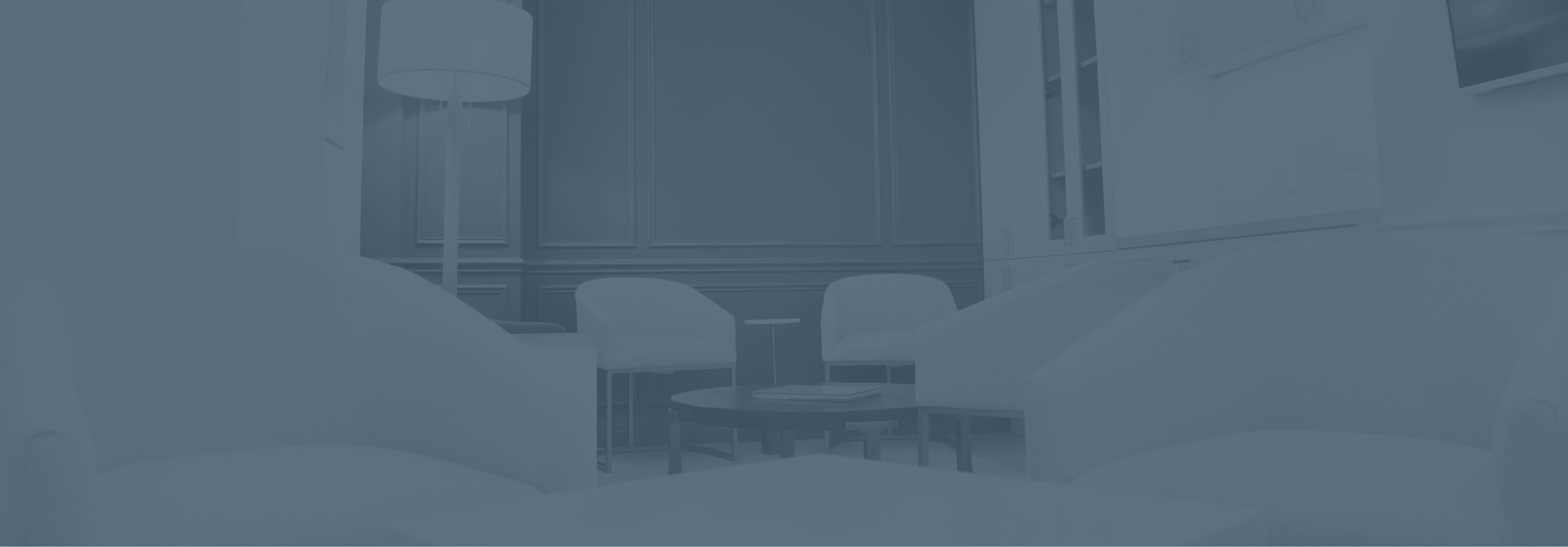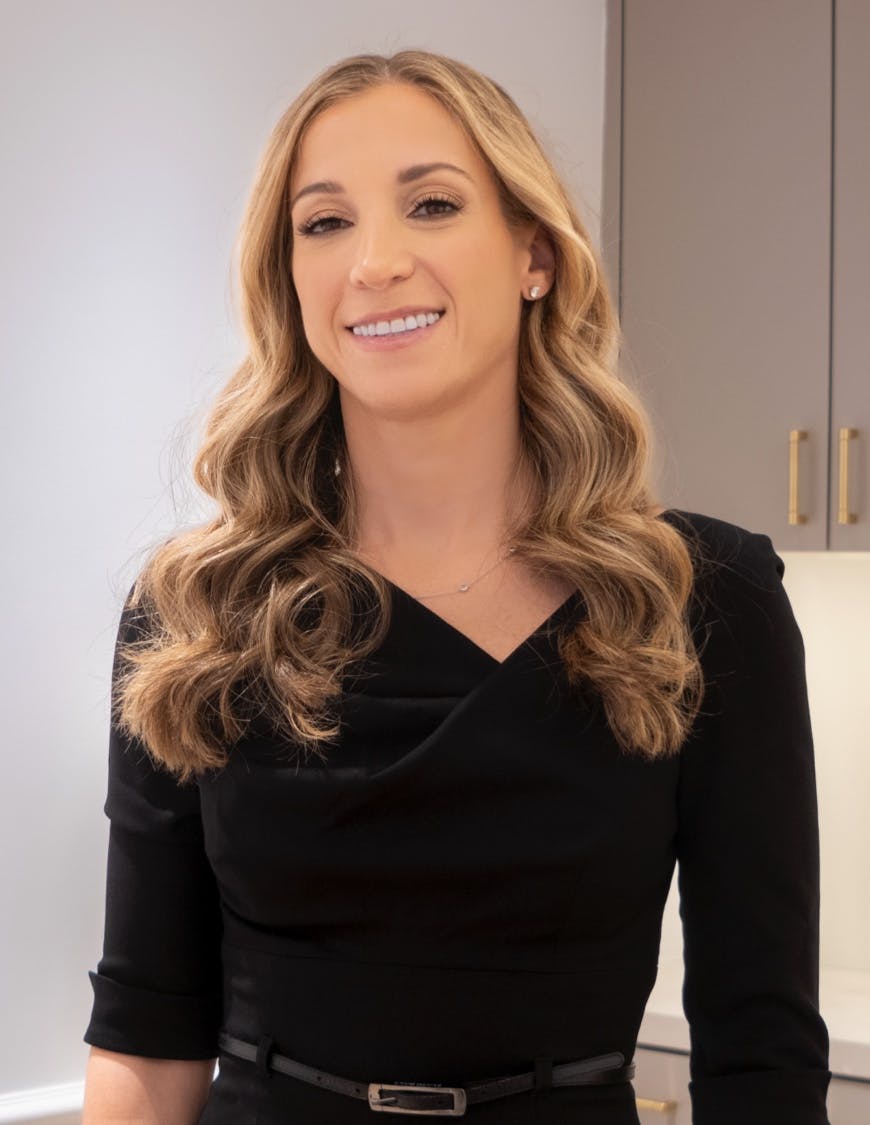A septoplasty is a surgical procedure that is performed to correct a deviated septum. This surgery aligns the deviated septum by re-positioning it, trimming it, or replacing the bone and cartilage.
What to Expect in Your Consultation
During your consultation with Dr. Reitzen, she will conduct a physical exam of your nose to evaluate the state of your septum. Some patients believe they need a septoplasty, when in fact they don’t. Dr. Reitzen will discuss the medical history of your nose, including any trauma or previous surgeries, and she will ask about your symptoms and your goals for the procedure. She will explain all the reasons you may be having breathing issues and rule out allergies and other conditions.
Once she has all of this information, she will go walk you through your options, and together you will develop your treatment plan. Once it has been determined, she will go over the procedure details, risks, recovery, and what you can expect. Dr. Reitzen will also talk about the possibility of cosmetic rhinoplasty, if this is something you’re interested in. This consultation is also the ideal time to bring up any questions or concerns you may have.











